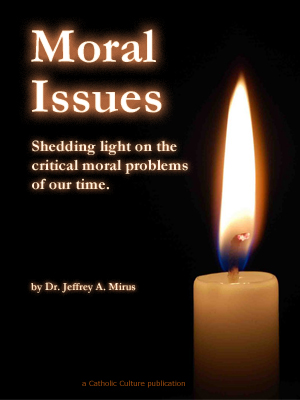art for art's sake
By Diogenes ( articles ) | Feb 26, 2004
Should a film be used as the basis to retrieve the latent (as opposed to the overt) motives of a film-maker? Should the personal options, tastes, and flaws of the film-maker enter into our judgment of his film? For obvious reasons, these are hotly disputed questions these days. To film critic Tim Grierson, it's plain sailing:
For me, the answer is easy because I can separate the person from the artist. ... The artist creates art, while the human being mostly screws up his life and hurts those around him. One half of the person doesn't negate or excuse the other, but they should be judged on their own terms.
I'm not sure Grierson knows what he means by separating the person from the artist, but anyone willing to judge these "halves" of the human being on their own terms should also concede the distinction between a work of art and its maker. And by this reasoning, a philo-Semitic person might, for example, have reason to believe that Mel Gibson was in fact an anti-Semite and still find his film artistically valuable.
But Grierson in the quotation above is not referring to Gibson but to another film-maker, Roman Polanski. You may remember that Polanski had a weakness for underage girls, and after pleading guilty in 1978 to charges of statutory rape of a 13-year-old, jumped bail and fled the U.S. Grierson insists we should ignore these facts about Polanski and judge his films on their own merits; he argues that critics "are meant to honor innovation and talent, not to be moralists or cops."
So Mel Gibson gets a pass, right
But the cases aren't exactly parallel. Gibson, as far as I know, has never torched a synagogue, or vandalized a gravesite, or spray-painted a swastika on a wall; his sins, according to his accusers, consist of misplaced historical emphases. But Polanski committed
All comments are moderated. To lighten our editing burden, only current donors are allowed to Sound Off. If you are a current donor, log in to see the comment form; otherwise please support our work, and Sound Off!







